NamStones offer a wide variety of gemstones and minerals from well-known areas in Namibia, namely, tourmaline, topaz, aquamarine, garnet, jasper, pietersite, quartz crystal, and amethyst. These stones are mined in a specific area in the dessert, and are not processed but kept natural as they come out of the earth.
Brandberg Amethyst is a very special variety of Amethyst that can be found exclusively in Namibia. They are an incredible mixture of very light to very deep purple, often with Smoky and Clear Quartz mixed in, often forming in the most striking skeletal growths and sometimes even with flecks of red and silver Hematite mixed in!
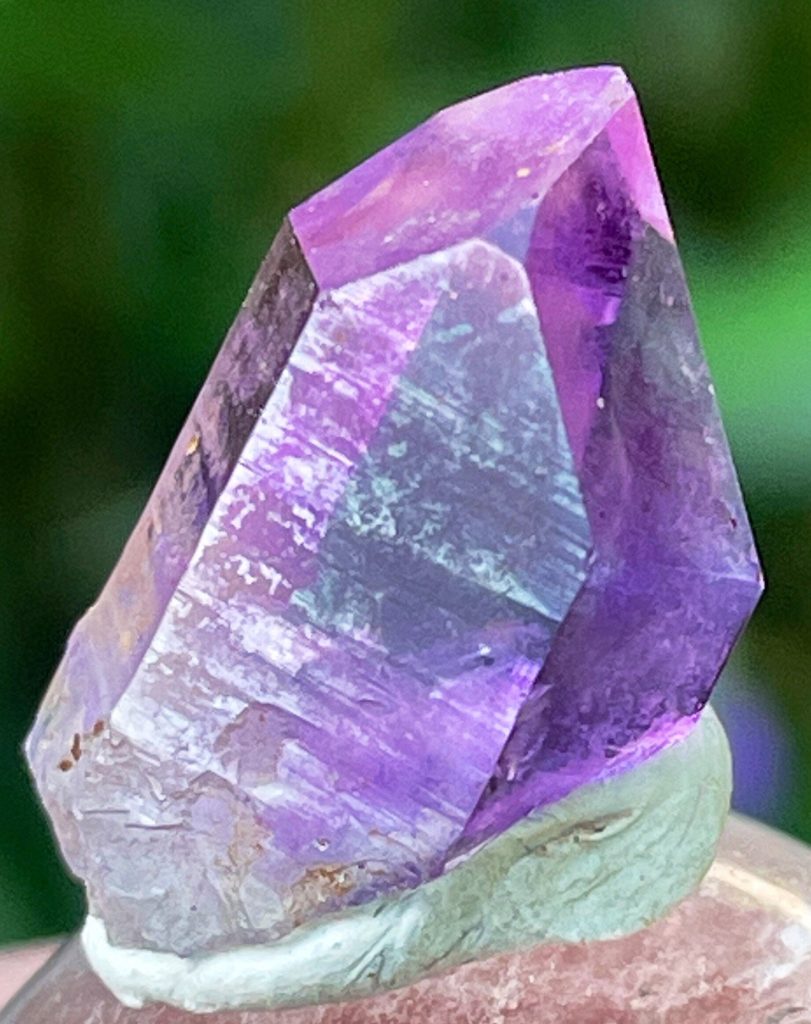
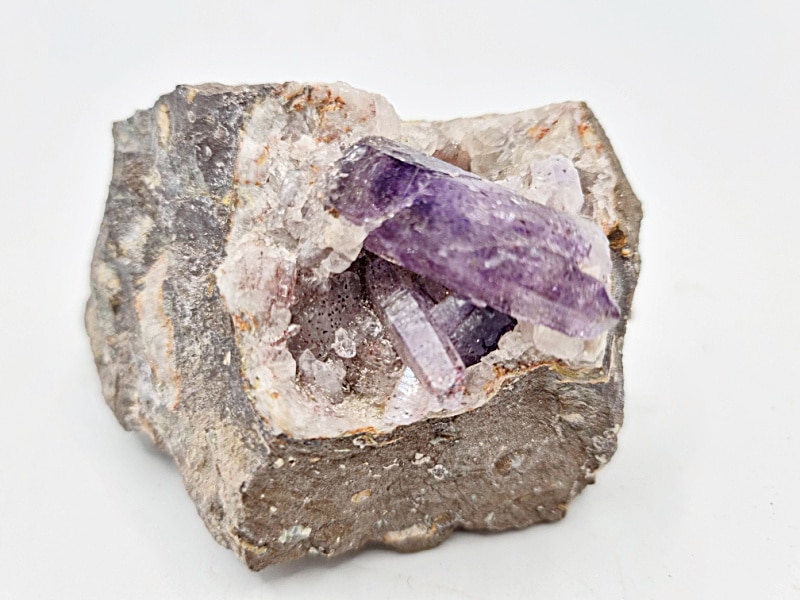
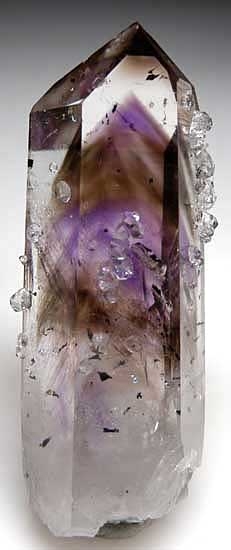
Aquamarine comes mostly from the Erongo region of Namibia. It is mined and sold in its natural form.
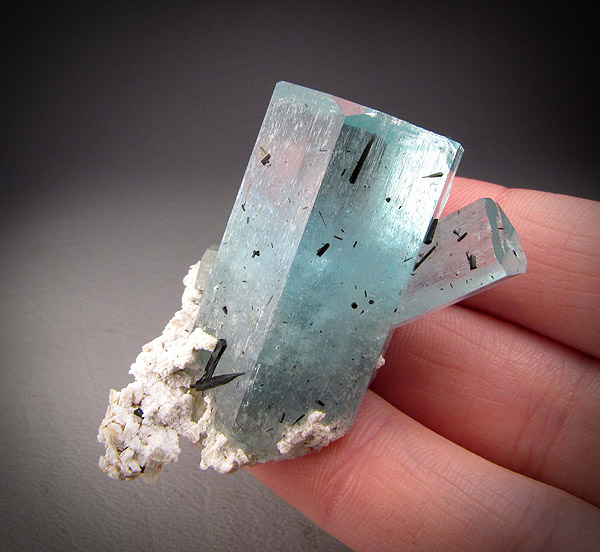
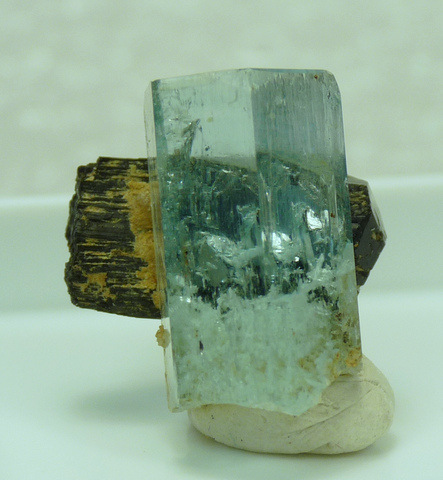
Topaz is an aluminum and fluorine silicate mineral with the chemical formula Al2SiO4(F,OH)2. It is used in jewelry and other adornments as a gemstone. Topaz is colorless in its normal condition, but trace element impurities can turn it light blue, golden brown, or yellow orange. Topaz is frequently heated or irradiated to change its color to a deep blue, reddish-orange, light green, pink, or purple.
Topaz from Klein Spitzkoppe was first reported more than 100 years ago, in 1889. Many fine specimens have been collected since then, and thousands of carats have been faceted from colorless, transparent “silver” topaz. Gemological investigations of the topaz reveal refractive index values that are somewhat lower, and specific gravity values that are slightly higher, than those of topaz from similar deposits. In fact, these values are more appropriate to topaz from rhyolitic deposits than from pegmatites, and apparently correspond to a high fluorine content.
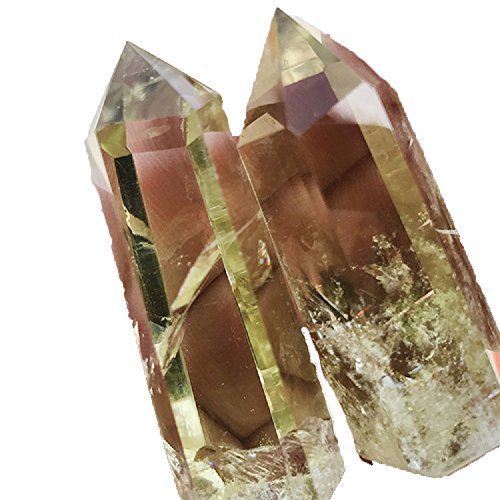
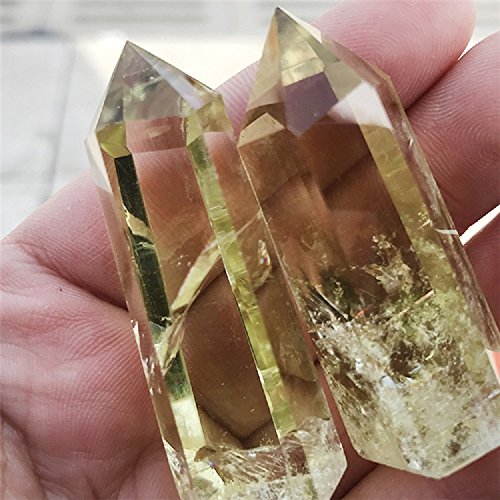
Goboboseb Amethysts from the Goboboseb Mountains of Namibia, in particular, are famed for their excellent aesthetics. The best specimens have elongated, prismatic crystals, a high capacity for luster, and great translucency. Their most distinguishing attribute, however, is an alluring, red-toned purple hue that is often centralized in phantoms within the crystals. This means that there is often a clear, colorless perimeter around rich, central zones of purple. Color within the phantoms is also notably unique and appears like airy clouds of color, sometimes also with plumes of smoky coloration.
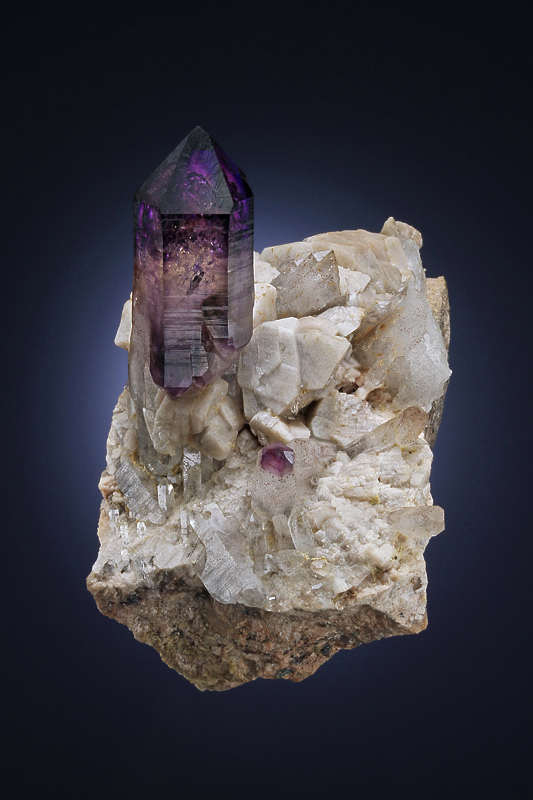
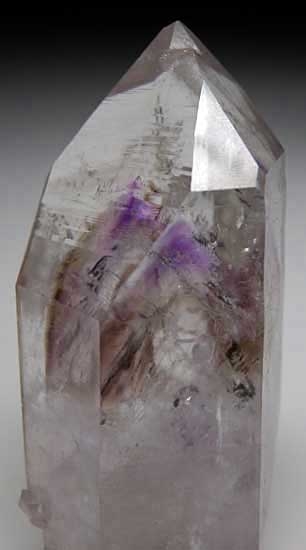


Erongo Fluorite:
Fluorite is an important industrial mineral composed of calcium and fluorine (CaF2). It is used in a wide variety of chemical, metallurgical, and ceramic processes. Specimens with exceptional diaphaneity and color are cut into gems or used to make ornamental objects.
Fluorite is deposited in veins by hydrothermal processes. In these rocks it often occurs as a gangue mineral associated with metallic ores. Fluorite is also found in the fractures and cavities of some limestones and dolomites. It is a very common rock-forming mineral found in many parts of the world. In the mining industry, fluorite is Properties of Fluorite
Fluorite is very easy to identify if you consider cleavage, hardness, and specific gravity. It is the only common mineral that has four directions of perfect cleavage, often breaking into pieces with the shape of an octahedron. It is also the mineral used for a hardness of four in the Mohs Hardness Scale.